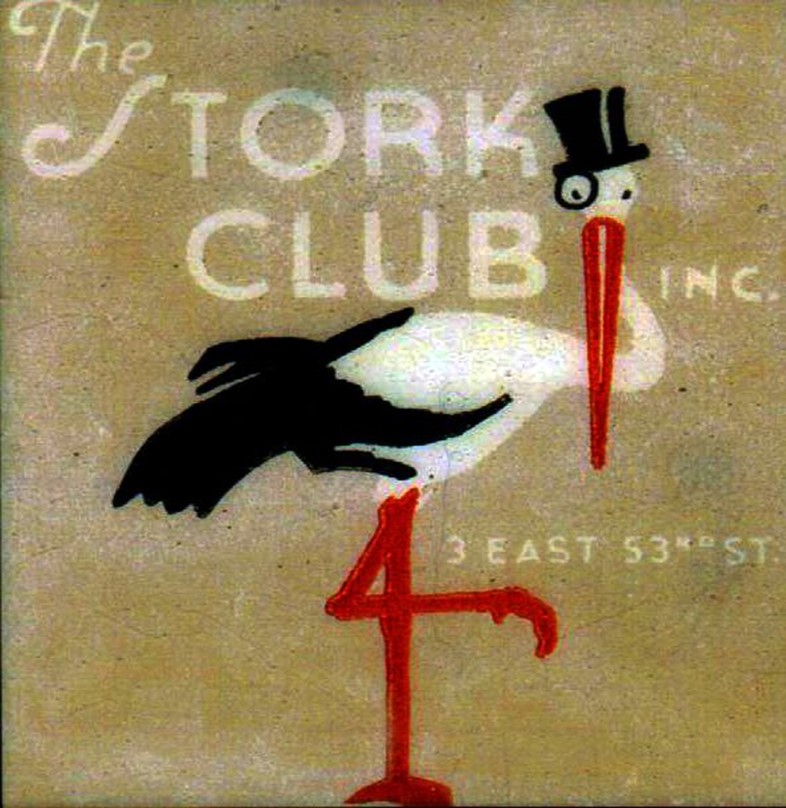We look back at ten iconic nightspots from New York's glittering past
Ahead of tonight's New York launch party for the new issue of AnOther Magazine, we’ve compiled a list of some of the city’s most famous nightspots. These restaurants, bars and clubs have all played a part in shaping some of New York’s most significant cultural epochs; whether simply as the backdrop in front of which the dramas of the day were played out, or as important cultural forces in their own right, whose unique attitudes and styles have helped to shape the way contemporary New Yorkers think about food, drink and social life in general. Will AnOther’s launch party match up to nights spent at these historic institutions? We couldn’t possibly assume so much.
The Stork Club
Whilst the rest of the Stork Club was swarming with the city’s glitterati, there was always a little table near the club’s entrance on which sat, night after night, the same two anonymous looking women. In fact, these two women were in no small way vital to the club’s massive success. They were both reporters for the city’s most important society papers, and they were kept in the pay of the club’s owner, Sherman Billingsley, provided that they report any gossip they hear in a responsible manner, and that they never fail to mention that they heard it all at the Stork Club. Billingsley’s famous clientele were grateful that the stories being written about them were, at least, true, and the Stork rapidly became known as the place to see and be seen.
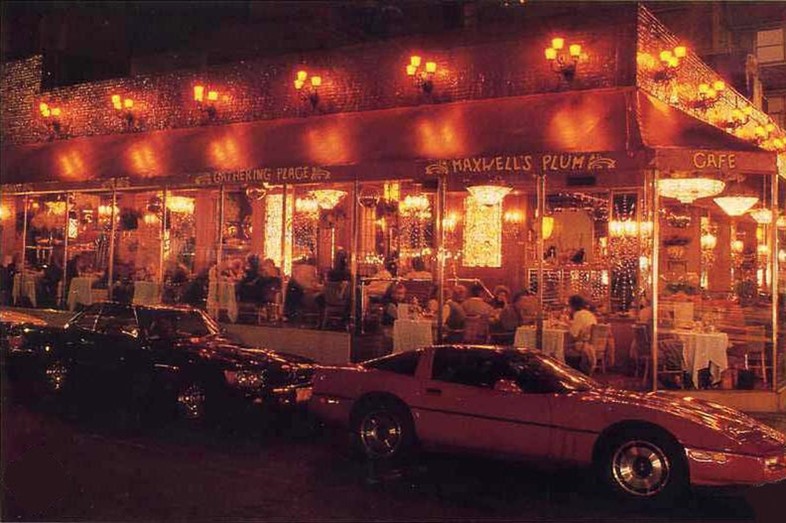
Maxwell's Plum
On it's closure in 1988, Bryan Miller of the New York Times described Maxwell's Plum as a symbol of the 'two revolutions of the 1960s – sex and food'. It started life as a singles bar, modeled in the confidently exhibitionist style of a boulevard café. After it had some success, the owner, Warner Le Roy, the son of the Hollywood producer Mervyn Le Roy, expanded the premises to include a lavishly decorated restaurant, but he made sure not to sacrifice the relaxed and generous attitude that had made the Plum a success in the first place. The dress code was liberal, the service excellent no matter who you were and the eccentric menu catered both for those looking for fine French cuisine as well as those looking for all American classics like hamburgers and chilli. This 'let it all hang out' attitude helped make it the highest grossing restaurant in New York for a period, but also contributed to its decline: it was closed in 1988 due to poor financial management.
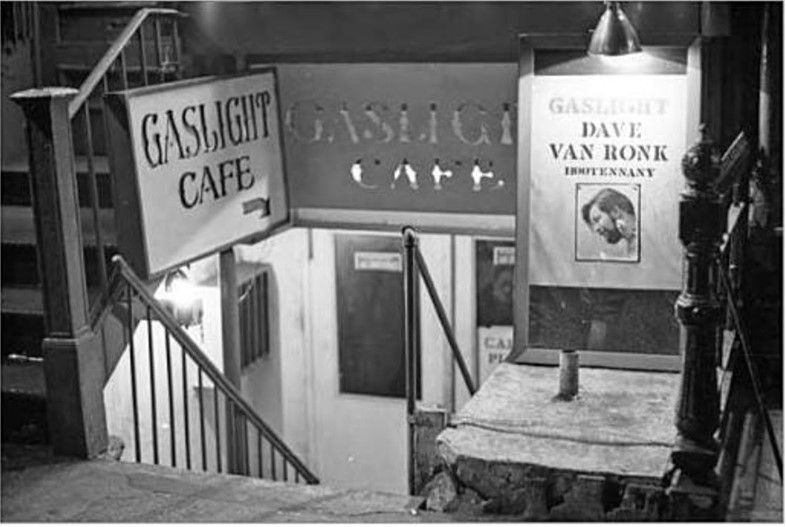
The Gaslight
The Gaslight remains one of the most influential venues in the cultural history of twentieth century, and to be able to cultivate the kind of scene that surrounded it in the early '60s is surely the dream of any modern concert promoter. As a coffee house without an alcohol license, it could remain open until dawn, thus allowing musicians and avant-gardists like Bob Dylan, Dave Van Ronk, Alan Ginsburg and Jack Kerouac to perform for their audiences throughout the night. The life for performers at the Gaslight, however, was far from cushy: they were unpaid and relied on donations at the end of their sets for any kind of re-numeration. The hardship and frustration that some of the more obscure performers in the Gaslight scene experienced is memorably portrayed in the Cohen Brother's Inside Llewyn Davis.
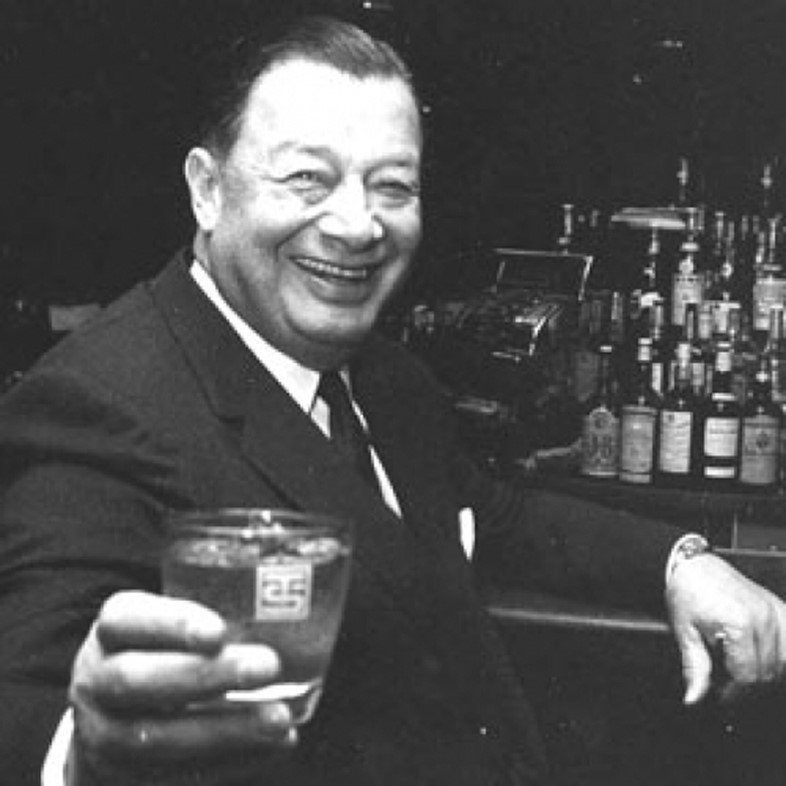
Toots Shor’s
If Toots Shor’s was for a time the most glamorous restaurant in New York, it was also the most egalitarian. The much beloved owner Bernard ‘Toots’ Shor insisted that his famous clientele be treated exactly the same as everyone else, and, though this policy irked a few celebrity patrons – notably Charlie Chaplin and Louis B. Mayer who were both made to wait in line – it created an atmosphere of warmth and clubbability that won Toots the affection of many, particularly the sports stars of his day. He would refer to his favorite patrons as ‘crum bums’, and it was an appellation he was willing to give to any one, whether they were a bus driver or Frank Sinatra.

Lutèce
For the latter half of the twentieth century, Lutèce was widely understood to be the best restaurant in New York. It was, as the formidable New York Times critic Craig Claibourne put it, 'impressively elegant and conspicuously expensive', bringing French fine dining to the city at a time when there wasn't much of a restaurant scene to speak of. Because of its astonishing price (when it opened in the early '60s, a mere soup cost around $3, roughly equivalent to $23 today), it's core clientèle were businessmen dining out on expense accounts, but when these dried up (apparently in the wake of 9/11), it shut down. In its time though, it was a pioneer of haute cuisine in New York, laying the foundations for what would become one of the best restaurant scenes in the world.
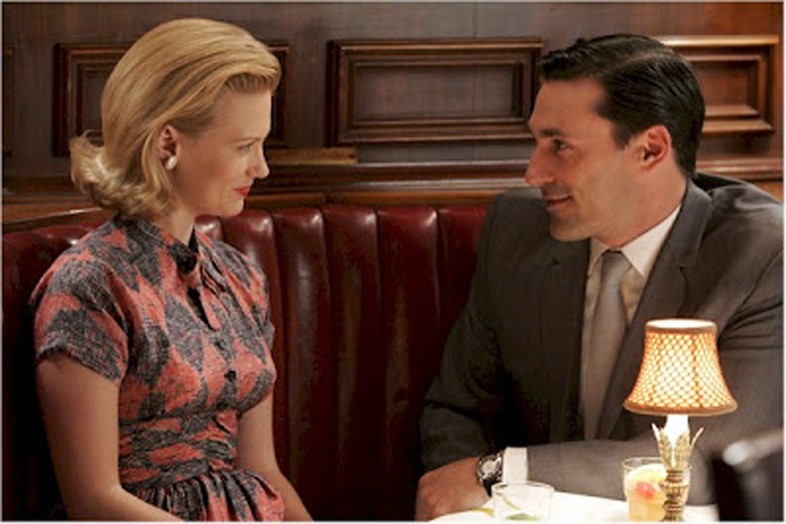
Jimmy's La Grange
Jimmy's La Grange was run by the charismatic Giulio Prigioni. Unlike a lot of restaurateurs, Prigoni was entirely involved in the day to day running of his establishment. There were no menus on the tables – instead, Prigoni would approach his clientèle and more or less tell them what they were going to have. Peter Morell, the owner of a wine business who lived above the restaurant, reports a typical interaction between Prigoni and his guests as running something like; ‘no menu, no menu. Today’s pasta is Bolognese sauce. You take that, then you take veal.'

El Morocco
Having started life as a speak-easy during prohibition, El Morocco grew to be the by far most fashionable bar in New York. During the '30s, '40s and '50s it was frequented by the political elite, movie stars, European aristocracy and, for want of a better phrase, anybody who was anybody. Before clubs like Studio 54 and Danceteria were even dreamt of, El Morocco showed everyone just how glamorous a nightclub could be, forming a cradle for celebrity culture as it was in the process of being invented.
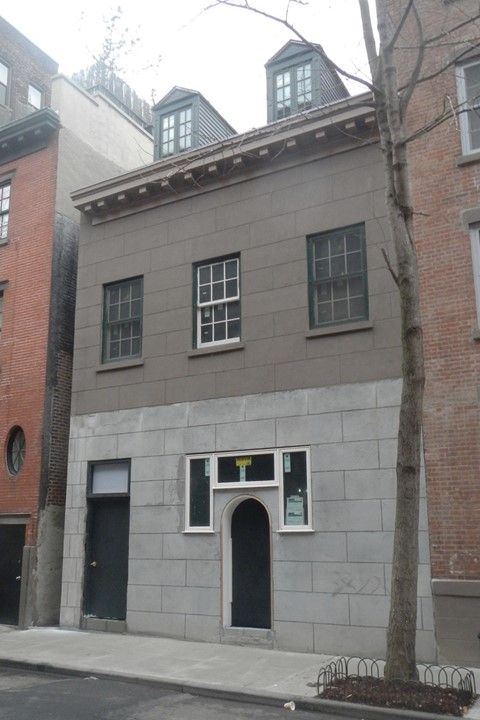
Chumley's
New York's most celebrated literati hang out started life as a speakeasy during the prohibition era. Back then, of course, it was impossible for it to be signposted, but, even when the great experiment had ended, the owners decided to retain the mystique. By now of course, it is a bit of an open secret that behind the innocent looking façade of 86 Bedford Street there lies one of the most culturally significant bars in all of NYC (at various points a watering hole for the likes of John Dos Pasos, F. Scott Fitzgerald, E. E. Cummings, Jack Kerouac and many more besides), but despite its celebrity it has managed to retain the affection of the locals as well as the tourists. It is currently closed after it's façade collapsed into the street in 2007 but the owners, buoyed up by the enthusiastic support of their former patrons, are pushing hard to get it re-opened.
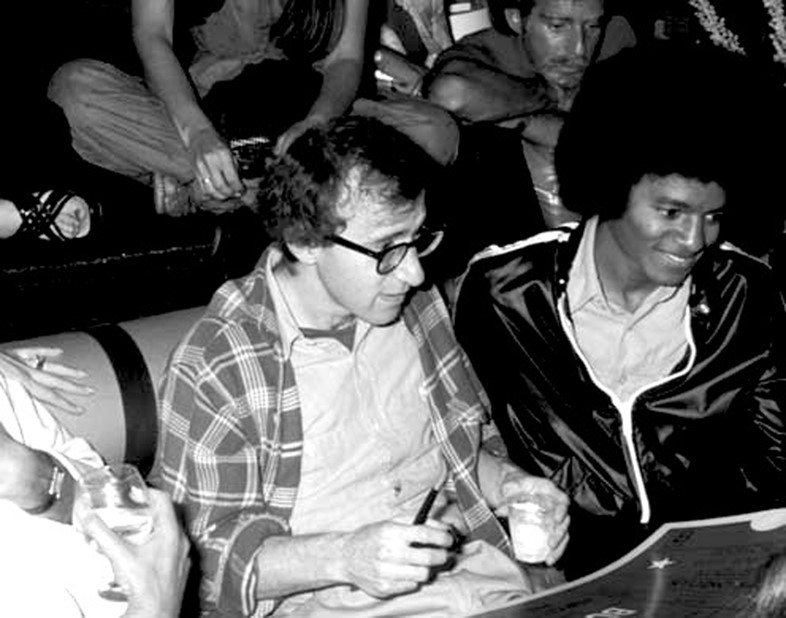
Studio 54
It is usually a good indicator of a club’s success just how picky its doormen feel they can be. By this measure, and by most others too, Studio 54 was the most successful club in the world. In order to get a chance to be in the same room as celebrities like Mick Jagger, Andy Warhol, Michael Jackson and more or less everyone else who was famous during it’s 1977-81 lifespan, people would turn up in droves, but painfully few would get in. There are stories of people literally tearing off their clothes after they were turned away on the basis of their dress, and stories of desperate hopefuls trying to break in through the air ducts.
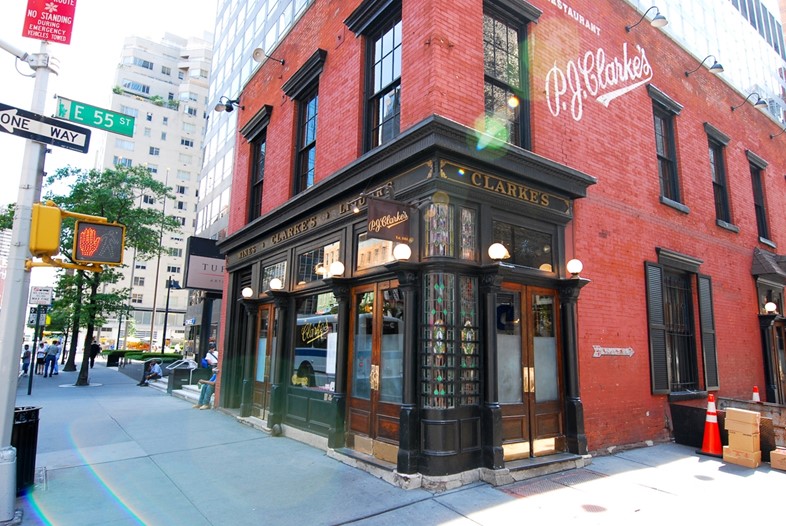
P.J. Clarke’s
A squat nineteenth century brick saloon surrounded by towering glass skyscrapers, the city has grown up around P.J. Clarke’s. Established in 1884 by the Irish immigrant Patrick J. Clarke, the bar has since become a New York City institution. A no-frills traditional American bar, it was the place that Buddy Holly proposed to Maria Santiago; it was the place that Jackie Onassis would bring her children for lunch on Saturdays; and it was the place where Ernest Borgnine and Ethel Merman announced their engagement (they would separate 32 days later). Apparently, Liza Minnelli still holds a bar tab.
Text by Max Fletcher
